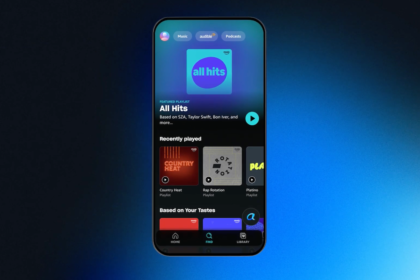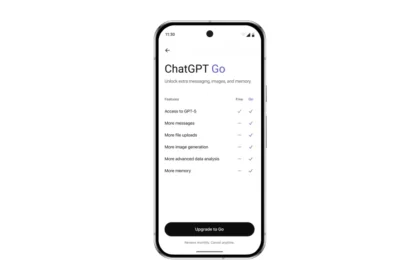Artificial intelligence is improving faster than ever, but not all AI skills are evolving at the same pace. Coding tools powered by GPT-5, Gemini 2.5, and Sonnet 4.5 are advancing rapidly, while writing assistants and chatbots seem to be stagnating.
The reason? A growing “reinforcement gap”, the difference between tasks that can be automatically tested and improved using reinforcement learning (RL), and those that can’t.
In AI coding, progress is accelerating because models can be tested billions of times using measurable, pass-or-fail benchmarks. Code either works or it doesn’t, allowing reinforcement learning systems to train efficiently and refine output quality. As a result, AI tools for developers are learning faster, debugging better, and automating more complex tasks.
Related: OpenAI’s Sora App Hits 164K Downloads in Two Days Despite Invite-Only Launch
By contrast, creative and linguistic skills like email writing or chatbot conversation are inherently subjective and difficult to score automatically. Even as models improve, the products built around them often don’t, because there’s no clear metric for “good writing” that can be reinforced at scale.
“Coding apps are benefitting from billions of measurable tests,” the article explains. “This is reinforcement learning, arguably the biggest driver of AI progress over the past six months.”
The “reinforcement gap” helps explain why AI development is uneven. Tasks with clear, repeatable tests, like bug-fixing, coding, or math, are improving quickly, while tasks that rely on subjective quality judgments, like copywriting, customer service, or design, progress more slowly.
Interestingly, some areas once thought “hard to test” are proving more adaptable. OpenAI’s new Sora 2 video model, for example, shows dramatic improvement in physics consistency, face stability, and scene realism, all likely driven by specialized reinforcement learning systems.
Experts suggest this pattern could have major economic consequences. As industries adopt AI faster in “RL-friendly” areas, workers in those roles could see more disruption than those in fields that resist automation.
If reinforcement learning remains the main driver of AI progress, this gap will continue to shape the future of work, deciding which jobs become automated, and which remain human for now.






